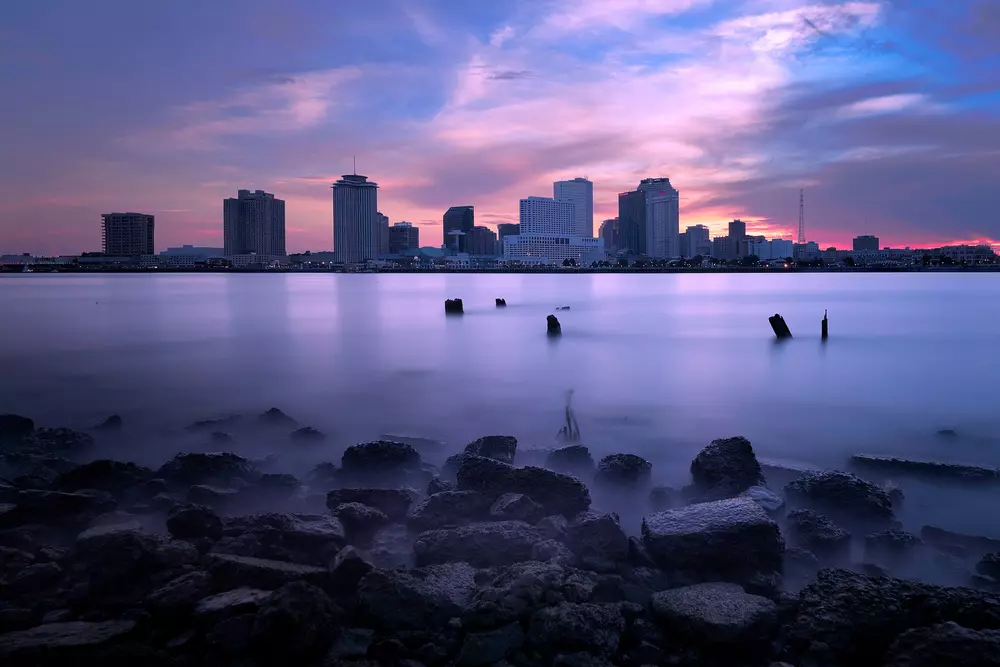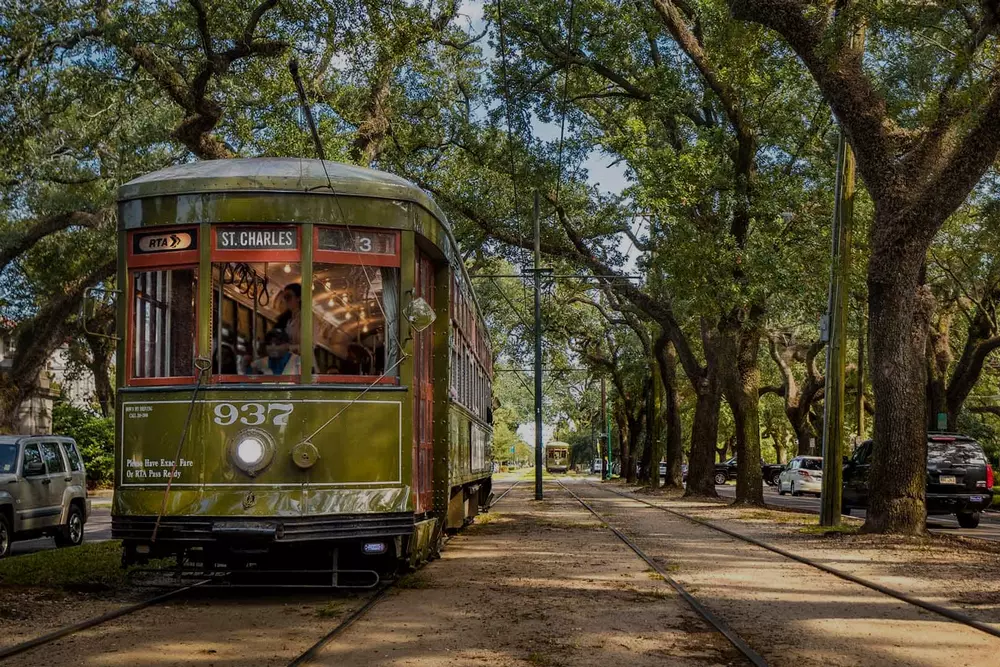Mardi Gras is a Christian holiday and a popular cultural phenomenon that spans thousands of years. This carnival is celebrated in many Catholic countries on the day before the start of the Lenten season. New Orleans hosts the most famous festivities, annually drawing thousands of tourists.
What is Mardi Gras?
Mardi Gras is a millennia-old tradition. "Mardi" is a French word meaning Tuesday, and "Gras" means "fat." In other words, "Fat Tuesday." In the days leading up to Lent, people would feast on all rich, fatty foods (meat, eggs, milk, lard, cheese) to stock up on energy for the forthcoming weeks of consuming only fish and other lean foods.
The word "carnival," another common name for pre-Lenten festivities, also originates from this tradition of feasting: in medieval Latin, "carnelevare" means "to remove meat." When Christianity came to Rome, religious leaders decided to incorporate these customs into the new faith, which was an easier task than their complete abolition.
Ultimately, Mardi Gras became the prelude to Lent, the 40 days of fasting and repentance between Ash Wednesday and Easter Sunday.

The History of Carnival in New Orleans
The first American Mardi Gras took place on March 3, 1699, when French explorers Pierre Le Moyne d'Iberville and Sieur de Bienville landed near what is now New Orleans. They held a small celebration and named their landing spot Point du Mardi Gras.
In the following decades, New Orleans and other French settlements began to mark the festival with street parties, masked balls, and lavish dinners. However, when the Spaniards took control of New Orleans, they abolished these boisterous rituals, and the prohibitions remained until Louisiana became a U.S. state in 1812.
In 1827, a group of students donned colorful costumes and danced through the streets of New Orleans, emulating the revelry they had seen while visiting Paris. A decade later, the first recorded Mardi Gras parade took place. This tradition continues to this day.
In 1857, a secret society of New Orleans businessmen called the "Mystic Krewe of Comus" organized a Mardi Gras procession with marching bands and moving platforms, setting the tone for future public celebrations in the city. Since then, floats and carriages have been an integral part of the carnival throughout Louisiana. Another custom involves the throwing of beads and other trinkets, wearing of masks, painting the floats in vibrant colors, and eating King Cake.

Interesting Facts About Carnival
- Pope Gregory XIII added Mardi Gras to his calendar (yes, the Gregorian calendar is named after him) in 1582, on the eve of Ash Wednesday.
- New Orleans was not the first place in the United States to celebrate Mardi Gras. That distinction goes to Alabama.
- The feasts and masquerades that are integral to today's Mardi Gras celebrations may have originated from ancient Roman festivals of Saturnalia and Lupercalia, though this is a matter of debate.
- During the celebration, it is forbidden to ride on a float without a mask. The original purpose of the mask was to eliminate societal constraints for one day, allowing people of different classes and groups to freely interact throughout the festivities.
- With the huge number of tourists visiting New Orleans, combined with the city's large population, the festival has become a substantial part of the local economy. A single festival can bring in between $144 to $500 million to the economy. The cost of putting on the show is also high, with some floats costing more than $100,000.
- Mardi Gras would not be the same without purple, gold, and green beads, but why? The International Business Times states that the leader of the first carnival in 1872 chose these colors for their meanings. Purple for justice, gold for power, and green for faith.
- Legislators in Louisiana declared Mardi Gras an official state holiday in 1875. It is also a state holiday in Alabama and Florida.
- The celebration has only been canceled about a dozen times, mostly due to wars and outbreaks of yellow fever.
- The signature King Cake is consumed worldwide during the carnival season. In the USA, it is traditionally decorated with icing and purple, green, and gold sugar, with a small plastic baby Jesus inside. It is said that the person who finds it will be blessed with good fortune for the entire year.

As the vibrant hues of Mardi Gras dim, leaving behind unforgettable memories, we hope this article has inspired you to delve into the rich cultural heritage of New Orleans. The Mardi Gras festival is a living testament to the city's resilient spirit and its diverse legacy.
For those who dream of experiencing this magnificent celebration in person, American Butler will unlock the heart of New Orleans for you. Our personalized services ensure that you won't just visit Mardi Gras, you will live it in all its splendor. Remember, every step of the parade, every note of jazz, and every bead thrown is a story waiting to become a part of your journey.
With American Butler, you are more than just a spectator; you're a participant in the eternal tradition of Mardi Gras. Let's make your next trip to New Orleans an unforgettable adventure. Contact us today, and let the magic of Mardi Gras unfold for you.





























